When the global economy is going through a rough patch, it is natural for investors to turn to precious metals to preserve the value of their savings. Gold is considered a safe haven in good situations as well as bad. Platinum is another precious metal that fits the bill.
The popularity of gold as a store of value goes beyond recorded history. However, our tryst with platinum as an investment is more recent. Due to our long association with gold, it is considered the grand-daddy of precious metals, especially from an investment viewpoint.
In the world of jewelry, platinum is considered rarer and more valuable than gold. Its status is a notch above gold. So, it is natural to wonder whether platinum makes a better asset than gold.
Maybe it is time we rethink the hierarchy among precious metals. Read on to find which one makes a better investment choice.
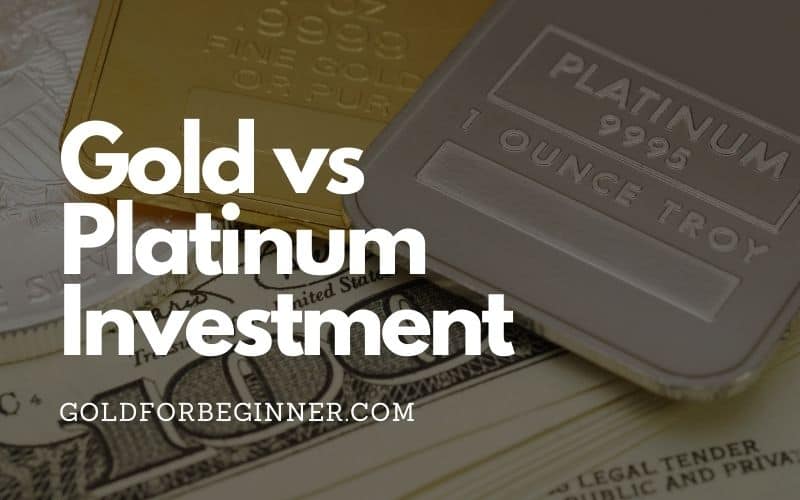
Basic differences between gold and platinum
Though both platinum and gold are precious metals and clubbed together with silver to form the famed triumvirate, there is a sea of difference between the two metals. Their physical dissimilarity extends to their applications, demand, prices, and ultimately liquidity. This has great ramifications on their potential as an asset.
Physical properties
The dissimilarity between gold and platinum starts with their color – gold is yellow and platinum is white. Another easily visible difference is their densities – platinum is denser than gold. This means a one-ounce coin of platinum will be much smaller than that of gold.
Platinum is much harder than gold and needs not to be alloyed with other metals to render it tough like gold. Again, platinum is highly malleable compared to gold. These properties of platinum have helped it corner a big share in the manufacturing sector.
Price and liquidity
In general terms, the price of both platinum and gold moves in the same direction. But a closer examination reveals a different story.
Gold enjoys a unique position in the investment scene. Supply and demand are only two of the factors driving its price. The dominant factor for gold price is investor sentiments. Irrespective of the state of the economy, political climate, or any other influencing factors, demand for gold has risen steadily over the long term, pushing its prices up higher and higher.
The demand for platinum comes mostly from industrial applications, jewelry taking up only a minor share. This means the price of platinum is affected by turbulence in the financial system. Economic and political uncertainties can have a devastating consequence on its price.
The popularity of gold as an asset and its steady demand make gold a more liquid asset. Platinum, on the other hand, does well occasionally but in periods of economic stress, its performance has been below par in its short history.
Why is platinum more expensive than gold?
There is a misconception that platinum is rarer and more valuable than gold. This is more our creation and reinforced by the media than substantiated by facts.
1. Perception
Platinum is given a higher status than gold in many instances – credit cards, anniversaries, and music record sales are just a few examples. While platinum anniversary denotes 75 years of togetherness, the golden anniversary indicates 50 years. An album is certified as a gold record when its sales touch 500,000 and platinum when it crosses 1,000,000.
The perception that platinum is rarer stems from the fact that there is less of the metal in circulation. The reason for this is simple. More gold has been mined to date, making gold more abundant above the surface of the earth.
2. Not easy to extract
Platinum mining is a more recent activity. Platinum ores are located deeper in the earth’s crust. They are harder and more expensive to extract. Their refining process is also more tedious than that for gold. All these lead to less availability of platinum and its perception as a rarer metal.
The story of their abundance below the earth’s surface is not generally known. The U.S. Geographical Survey (USGS) statistics reveal a different image of platinum. According to USGS statistics, platinum deposits are much more abundant than gold, busting the myth.
Availability of the precious metal is only one factor influencing its price. Demand is also a major driver. And, in gold’s case, investor tendencies and opinions also need to be taken into account.
Platinum is usually more expensive than gold but not always. The reasons for this teeter-totter effect are numerous.
3. Fewer mines
South Africa accounts for almost 75% of platinum production with Russia being the only other major producer. Political instability in these countries or labor problems in the mines there results in lesser production and higher price. In contrast, gold is mined worldwide on all continents.
4. Application
Platinum is more used for industrial purposes than in jewelry or as an asset. When the economy is faring poorly, the slump in industrial production brings down the demand for platinum.
One of the main commercial applications of platinum is in the automobile industry. It is used in catalytic converters to reduce the toxic emissions from automobiles. A drop in production or sales of automobiles or a change in the environment-friendly policy affects the demand for the precious metal.
Gold use is more stable even when the economic climate is not favorable. Whenever there is a hint of trouble in the financial world like inflation or depreciation, investors tend to flock to gold to protect their savings. This sentimental attachment that investors have with gold keeps it in demand almost always.
Even as both precious metals are susceptible to market stress and price fluctuations, gold can be more expensive than platinum at times, though the reverse is true on most occasions.
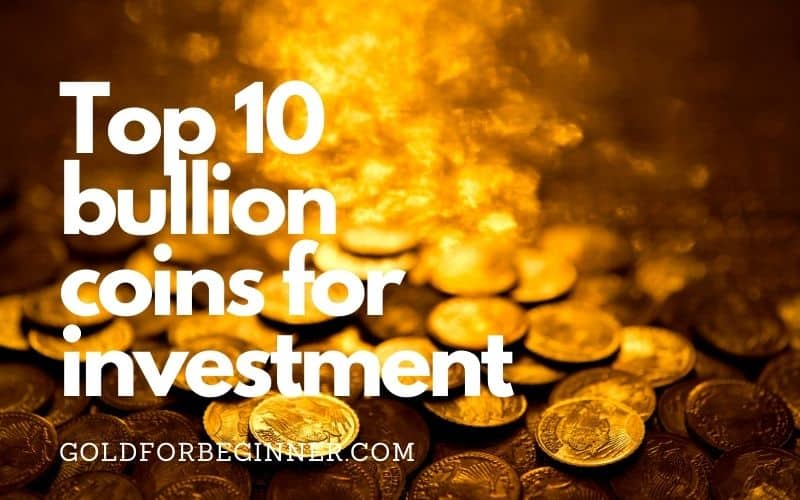
Best Gold Coins for Investment
Investing in gold bullion is not as simple as it seems. The choices available to an investor are too many that it can easily confound
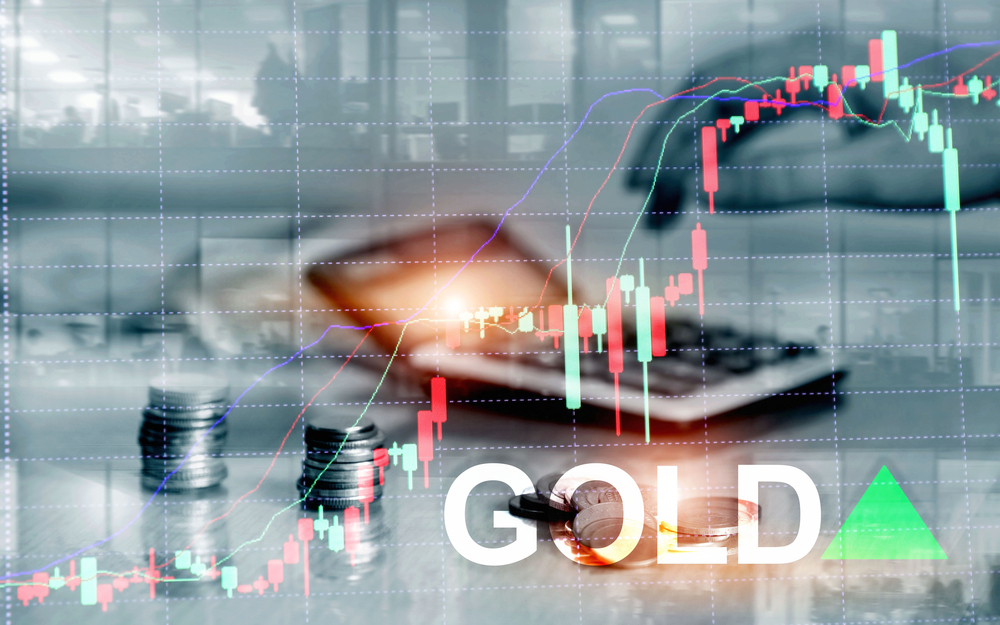
Should I invest in gold?
Gold is one of the most sought-after investment vehicles throughout the ages. The reason for the popularity of gold may be different in different periods
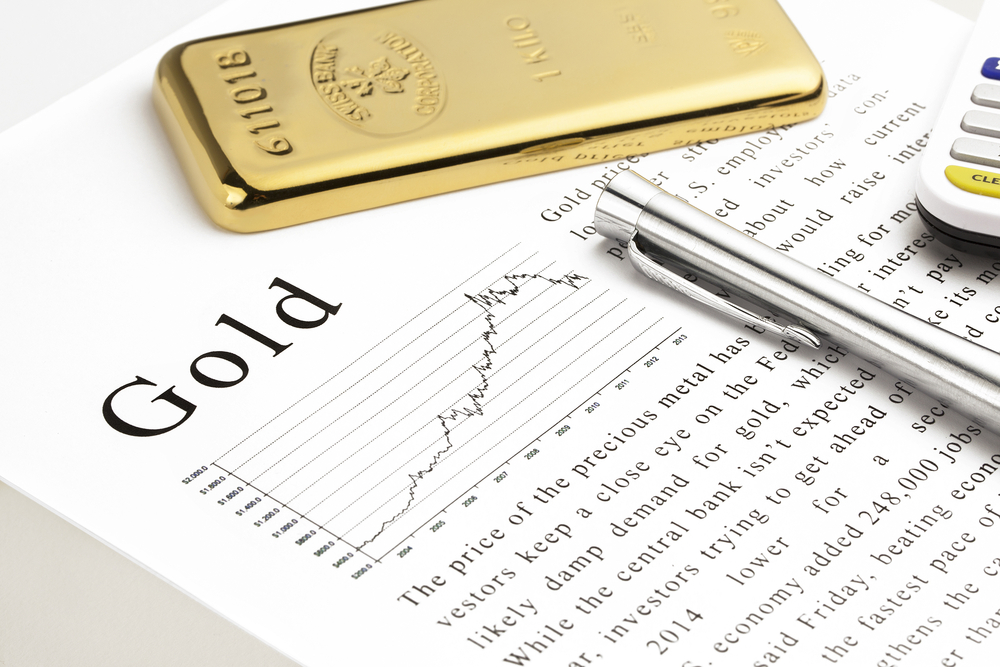
What affects the price of gold?
Gold. The shiny yellow metal represents diverse things to different people and cultures. It is one of the most coveted assets and the most sought-after
Is platinum a good investment?
Platinum has witnessed a surge in popularity as an investment in recent times. Most investors turn to precious metals to balance their portfolio and reduce its volatility and risk by diversification. How far platinum manages to fulfill this expectation remains in doubt.
The share of industrial application of platinum is too overwhelming to ignore. This makes it less effective as a hedge against negative economic events – one of the core reasons for investing in precious metals.
That said, it is a good asset for those with a risk appetite. Platinum used to be more expensive than gold but in the last decade, it is fairing very poorly. This means it has the potential to climb up to the level of its glorious days sometime in the future when its supply and demand pick up and remain stable.
Platinum is a moderately risky investment with a medium to long term objective.
Is platinum or gold a better investment?
Though similar in many aspects, gold and platinum follow diverse paths as an investment vehicle. These are some of the key differences to consider before deciding to invest.
1. Industrial uses of platinum make gold a better hedge
The reliance on industrial requirements makes platinum prices more dependent on the economic climate. This close link to economic activity makes its prices vulnerable and volatile. This means its utility as a hedge against negative financial trends is limited in comparison with gold.
Gold has always been the go-to asset for investors even when the entire financial system is collapsing. Faith, feeling, or, insight – the investor sentiments are hard to fathom or make sense of.
2. Platinum prices are more volatile
The smallest drop or rise in gold prices gets global attention. The historical data reveals a healthy picture of gold prices. There have been short term fluctuations in its prices, but the performance of gold in the long term has been very strong.
The same is not the case with platinum. Platinum traded at a higher price than gold until the economic recession of 2008. After a few years of ups and downs, gold has been consistently trading at a premium to platinum since 2015. Now, platinum is cheaper than gold.
3. Platinum is less liquid than gold
The popularity of gold as an investment makes it a more liquid asset. Platinum as an investment is still in its nascent stage and there are not many investors willing to place their bet on the precious metal. The historical and cultural advantage enjoyed by gold is hard for platinum to overcome in the foreseeable future.
Oftentimes platinum is mistaken for the much cheaper silver. The unpredictability and high levels of volatility of its prices make platinum less desirable as an investment.
Bottom line
Ultimately gold is more valuable as it is perceived to be more valuable. The preciousness of gold is a concept that is so deeply ingrained in our minds for many millennia.
Gold continues to be the top pick among precious metals for investment despite strong challenges from fellow metals like platinum and silver.
As a guardian of wealth and store of value, gold wins the race hands down. Platinum has a lot of catching up to do before posing a serious challenge to the reigning champion. See also Gold vs Silver investment.

How to Invest in Gold for Beginners?
“Investing is laying out money now to get more money back in the future.” Warren Buffett The purpose of investing is to set aside some
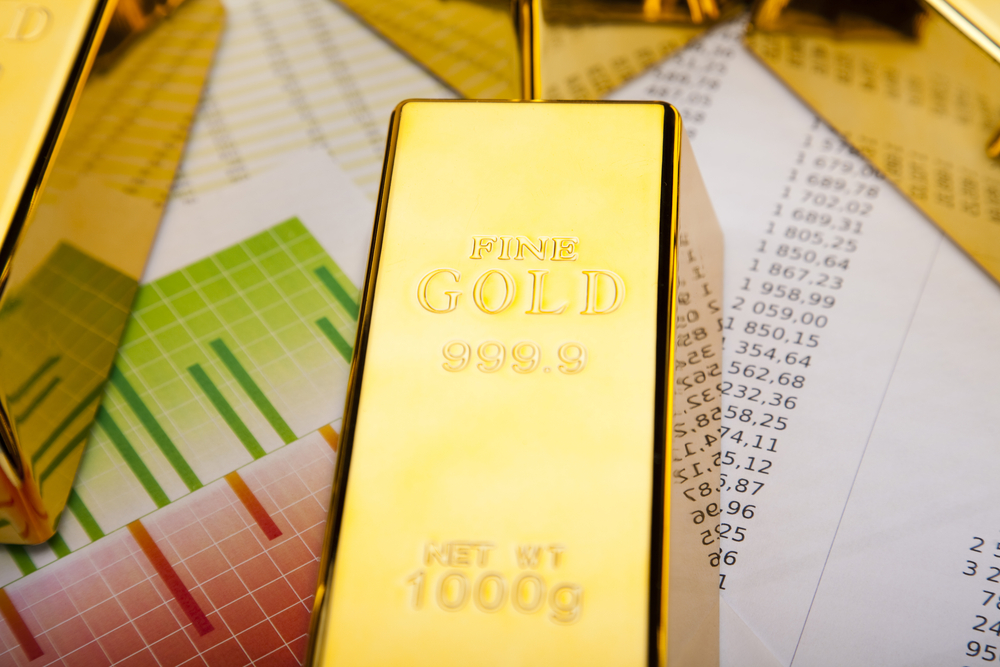
Why does gold have value?
The reason why gold enjoys a special status as an investment vehicle has been discussed ad infinitum. Most often the discussion revolves around the financial
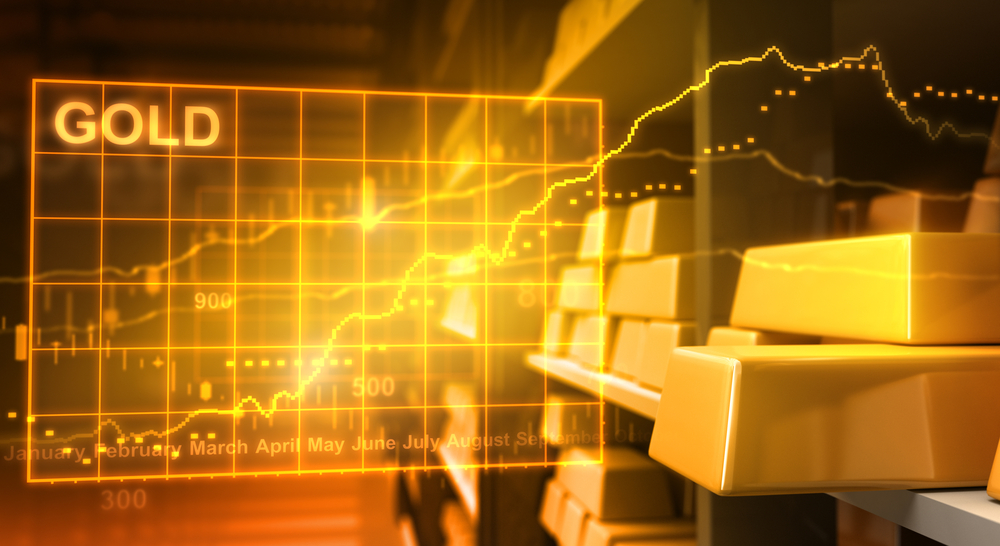
5 Best Gold Bars to Buy for Investment
To invest in physical gold, the choices open to you are gold bars and coins. Gold coins may be more attractive for a variety of
